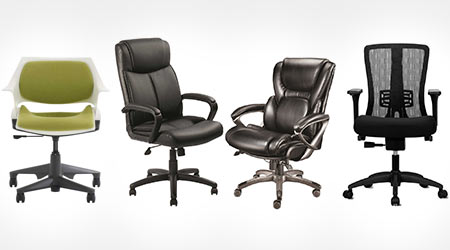
Change Management Helps Enlist Occupants In Energy Efforts
June 1, 2016
Getting building occupants to become allies in the organization’s effort to improve energy efficiency takes work. Successful, long-term behavioral change requires a total commitment of the entire organization. Commitment by only part of the organization can provide the impetus for change and may lead to some results, but will never yield your fullest potential.
Achieving savings goals starts with policies and direction from senior leadership. Occupants provide the passion and energy to implement that change at the light switch, thermostat and outlet. Facility maintenance and operations personnel can oversee and optimize systems including schedules, setpoints, and day-to-day performance. Each level of the organization plays an important role in achieving savings.
As well, don’t underestimate the power of the group. Group dynamics and peer influence are major factors in individual decision-making. To change a new behavior into a habit, that behavior must fit with social norms. How do you create a culture that encourages energy-smart behaviors? Recruit likeable and influential leaders — those both in formal leadership roles and others who demonstrate an innate ability to rally their peers — who will make a desired habit visible across the enterprise. Help these leaders motivate others through both words and action: demonstrating new behaviors, communicating about the importance of these behaviors and encouraging others.
This Quick Read comes from Ashley Ruiz, program manager for McKinstry’s powerED program, a behavior-focused energy awareness and operational efficiency program, and Jesse Sycuro, P.E., CEM, LEED AP, the operations manager for McKinstry’s Energy Management group. Read more from them about ways to use occupant behavior to reduce energy consumption.
Next
Read next on FacilitiesNet












